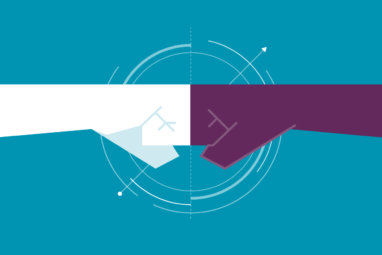
Leadership Skills
The Best of This Week
How businesses can act against racial injustice, and new leadership challenges in a suddenly virtual workplace.


How businesses can act against racial injustice, and new leadership challenges in a suddenly virtual workplace.

Decision-making networks perform better when they’re dynamic and respond quickly to feedback.

Evidence-based insights and practical tips can help you improve your remote meetings.

Reviving and strengthening our social networks could make us more resilient both now and in the future.

In times of high stress and crisis, interdepartmental strife can wreak havoc. Here’s how to stop it.

Managing remote work, leading in a crisis, and governing successful digital initiatives.

Eight practical tips for a new-for-many mode of work.

From managing conflict and negative emotions to virtual collaboration and complex project planning.

Many organizations don’t understand the value of teaming machine capabilities with human abilities.

Experience disrupters, leading up, COVID-19’s economic impact, and building effective teams.

Effective teams depend on mutually reinforcing functional and cultural change processes.

Solving complex problems with crowdsourcing means tailoring the crowd to the problem’s scope.

Auto companies or tech companies can’t develop winning mobility offerings on their own.

Foster a creative culture by embracing the curious, the uncertain, and the unknown.

Leadership behaviors that build trust, purpose, and energy bolster collaboration and engagement.

How vigilant companies stay ahead, Disney+, and using software to measure emotions.

A systematic approach to identifying potential threats can help companies respond to disruption.

Partnering with both intrapreneurs and external startups enables companies to accelerate innovation.

We’ve unlocked our site and curated reading lists to help you solve your key business problems.

AI offers the potential to break down silos and make collaboration more effective.